Walking the Nakasendo, its not only Nagano and Kyoto. You can walk the most popular section in Shiga, called Kusatsu or Moriyama, as a daytrip from Kyoto. Here's our recommended route of Nakasendo in Shiga.
Kusatsu was a Shukuba-machi, mean Post Town of Nakasendo. You can see some sign anywhere in Kusatsu.
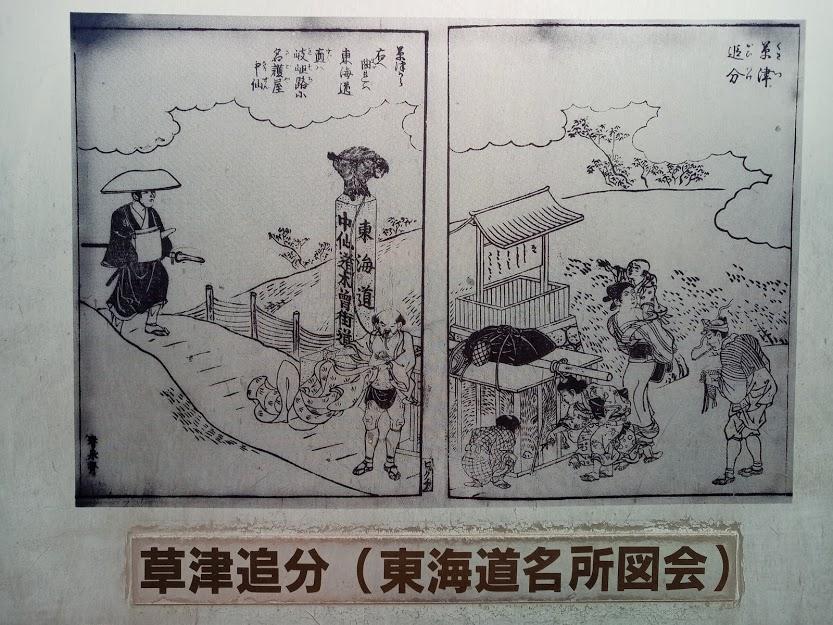
As follow, still remaining same as above old picture.
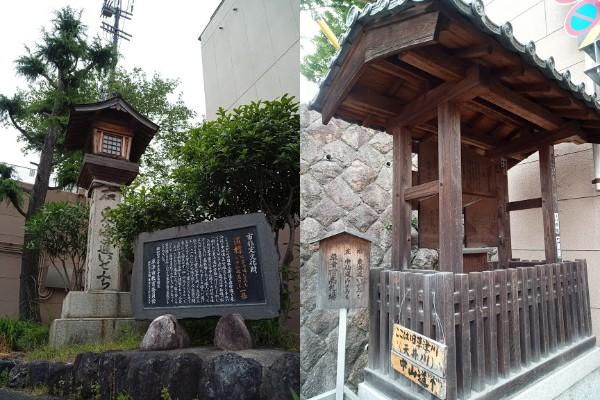 Kusatsu was a place for branching and merging with the two major highways, the Tokaido and the Nakasendo connecting Kyoto and Edo (Current Tokyo). It was also a lively place for many travelers and goods because it was connected closely to the way to Yabase port where was an important place of ship transportation of the Lake Biwa.
Kusatsu was a place for branching and merging with the two major highways, the Tokaido and the Nakasendo connecting Kyoto and Edo (Current Tokyo). It was also a lively place for many travelers and goods because it was connected closely to the way to Yabase port where was an important place of ship transportation of the Lake Biwa.
This is a Honjin, so do you know what is "Honjin"?

"Honjin" was the most prestigious accommodation in Shukuba (post town) in the Edo period.
There were only one or two Honjin in Shukuba. It consists of a large land and a big building, and there were some special facilities that only the Honjin was allowed to make. "Honjin" used to refer to the "military headquarters", but later because of the meaning of "the place where the shogun is staying", it became to refer to "an accommodation facility for the exclusive use of elite of society, such as Daimyo (feudal load), Hatamoto (direct retainer of the shogun) and Kuge (the nobility)".
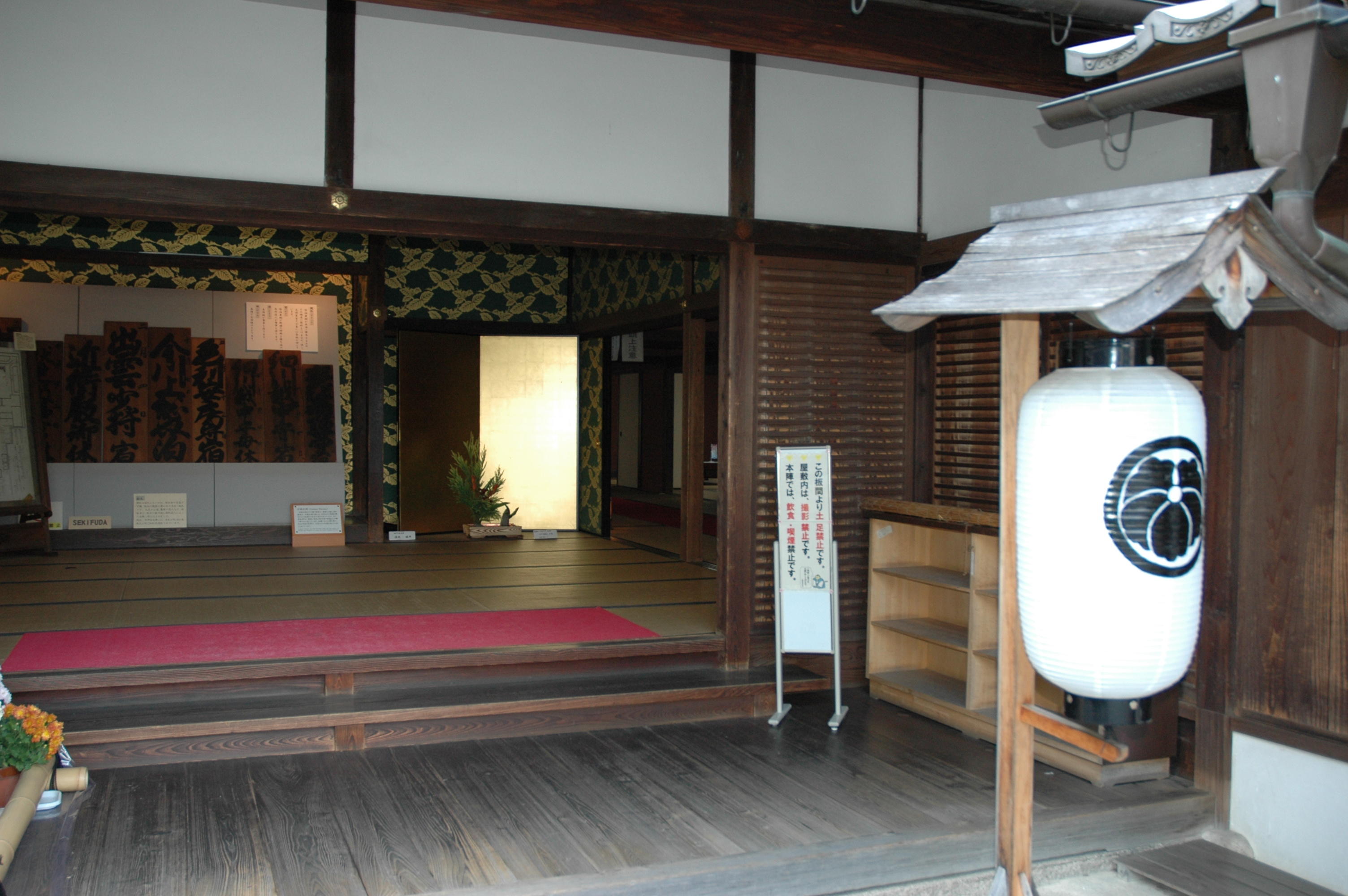
More information about Kusatsu Honjin : https://www.city.kusatsu.shiga.jp/kusatsujuku/english/index.html
In Kusatsu, Shiga prefecture, you can enjoy the walk Nakasendo also Tokaido. At the Furukawa Shuzo Sake Brewery is on the route of Tokaido, you can tasting some of Japanese Sake.
 Just second minutes walk from Furukawa Sake Brewery, you can see the sign board picture by Hiroshige Utagawa.
Just second minutes walk from Furukawa Sake Brewery, you can see the sign board picture by Hiroshige Utagawa.
 Thsi building was a Japanese sweets shop and now Hyosendo's office, Hyosendo is selling Hyotan (Gourd) and it used to water bottle when people walking Nakasendo / Tokaido.
Thsi building was a Japanese sweets shop and now Hyosendo's office, Hyosendo is selling Hyotan (Gourd) and it used to water bottle when people walking Nakasendo / Tokaido.
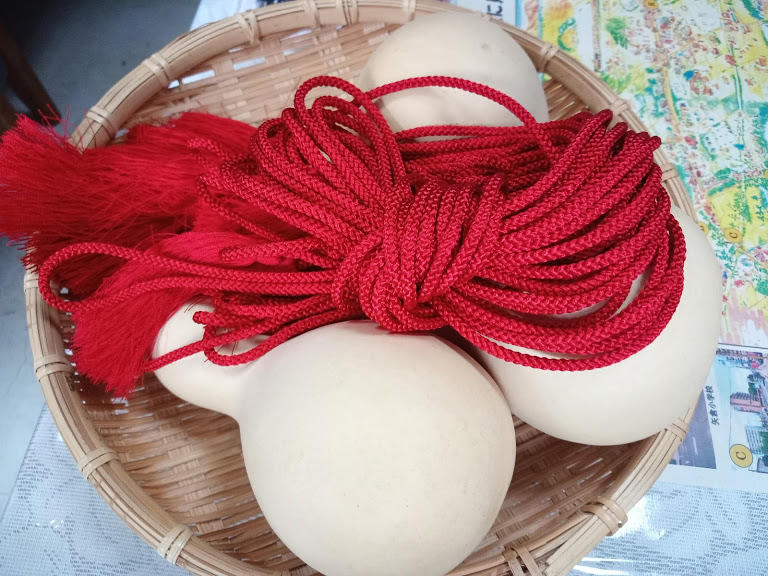 In Spring time, there is a festival called Kusatsu Shukuba Matsuri.
In Spring time, there is a festival called Kusatsu Shukuba Matsuri.
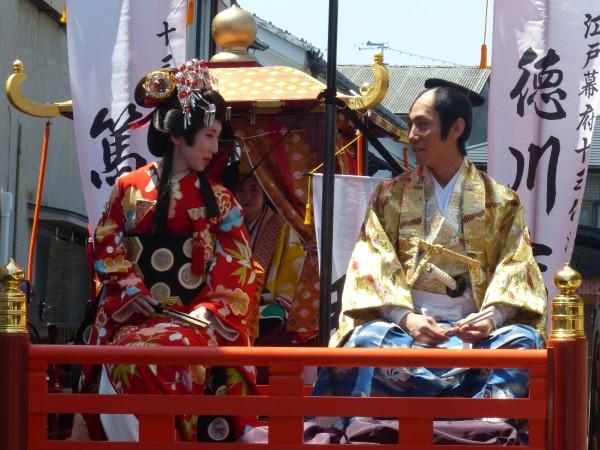 This festival includes a historical pageant that proceeds through the traditional city streets, with a large number of onlookers taking in the vast array of gorgeous outfits. The main players in the pageant strike a chord deep in the hearts of all who see them, while the rich and fabulous costumes and hairstyles clearly delineate the differences between samurai and noble cultures.
This festival includes a historical pageant that proceeds through the traditional city streets, with a large number of onlookers taking in the vast array of gorgeous outfits. The main players in the pageant strike a chord deep in the hearts of all who see them, while the rich and fabulous costumes and hairstyles clearly delineate the differences between samurai and noble cultures.
More information about Kusatsu Shukuba Matsuri festival : https://en.biwako-visitors.jp/event/detail/14
Visit Shiga to walking Nakasendo and Tokaido. We are next to Kyoto and only 9 minutes by normal train.
https://en.biwako-visitors.jp/
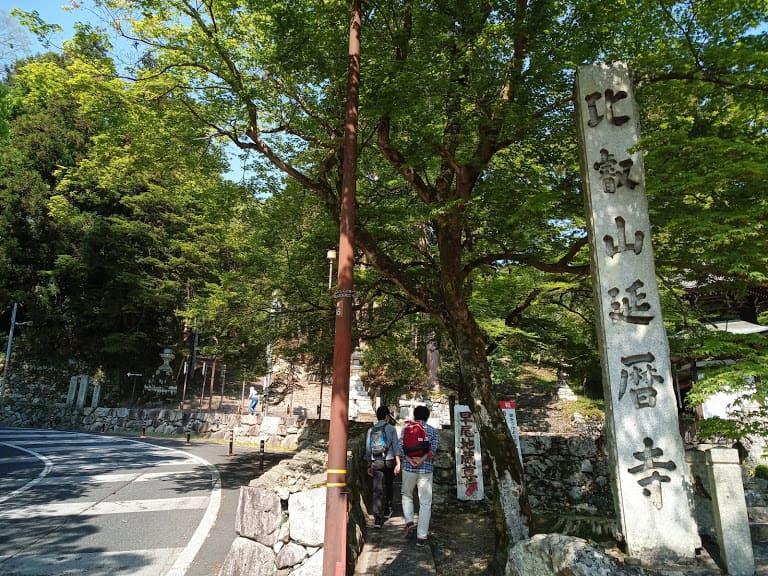
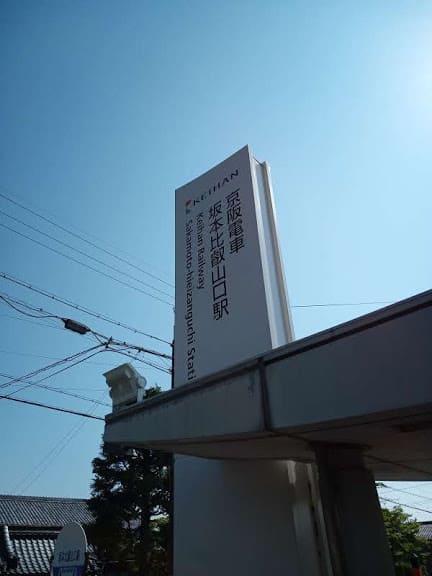
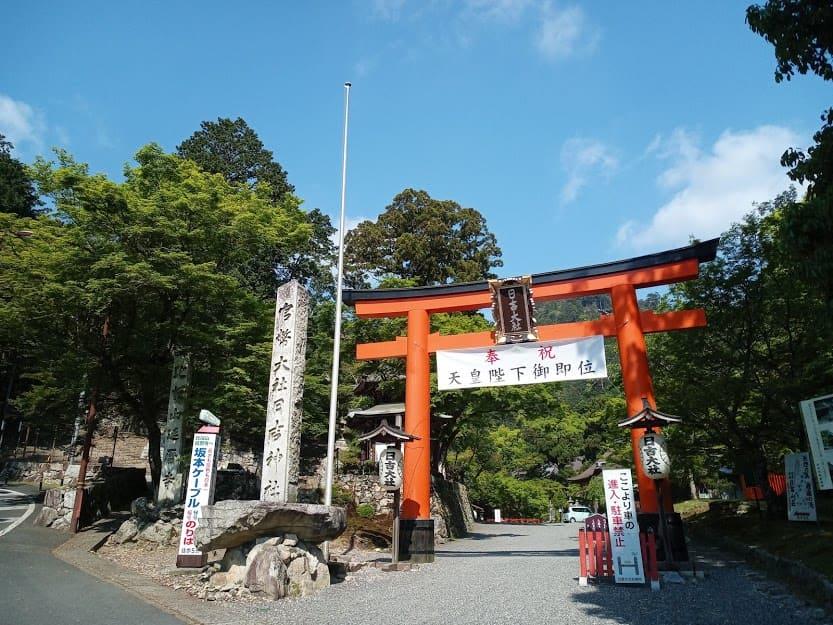 This is a Hiyoshi Taisha Shrine. Left side of Torii gate, there are some stairs made by stone.
This is a Hiyoshi Taisha Shrine. Left side of Torii gate, there are some stairs made by stone. This is a first step of Hieizan Mountain.
This is a first step of Hieizan Mountain.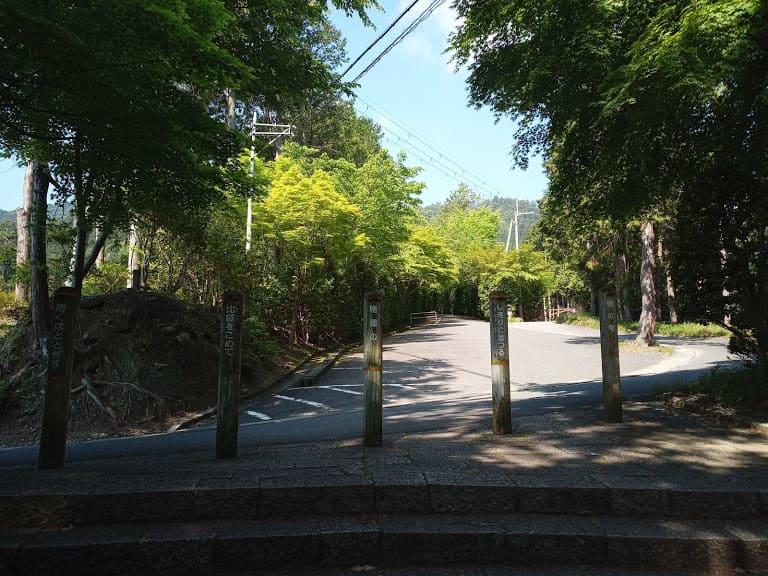
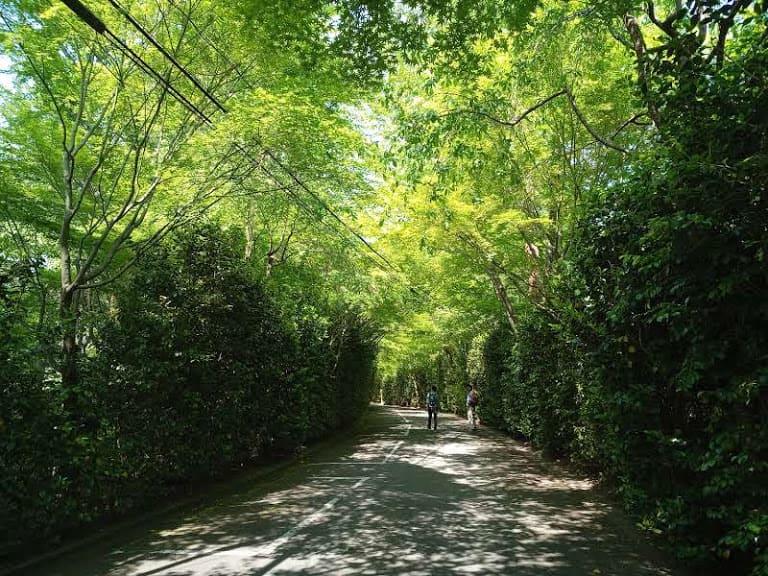 End of this street, you can see the iron gate.
End of this street, you can see the iron gate.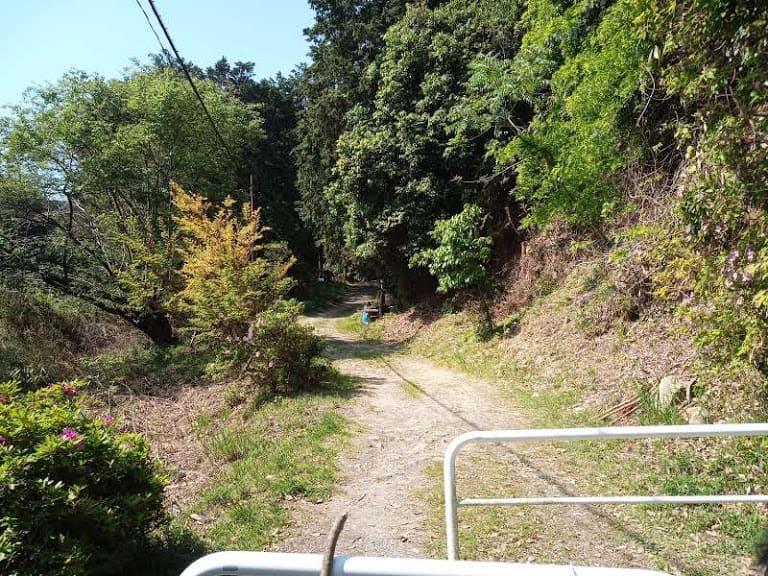 After the this iron gate, you can walk on the stone and rustic wood, but it is no quite danger way. Its just struggling to walk....
After the this iron gate, you can walk on the stone and rustic wood, but it is no quite danger way. Its just struggling to walk....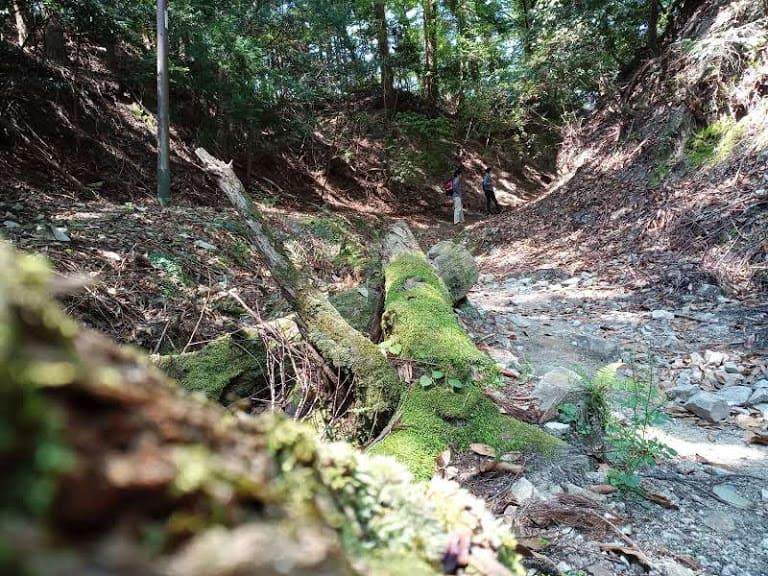 Continues to walk, you can see some statue and sign board. We've enjoyed making some stone ornaments like this ;-)
Continues to walk, you can see some statue and sign board. We've enjoyed making some stone ornaments like this ;-)
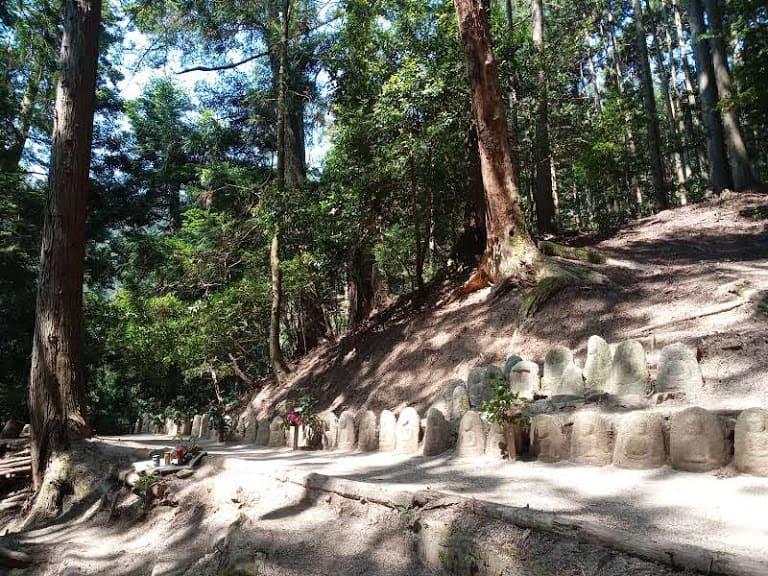
 Stone statue on the line. There is a wooden chair to sit down in front of this statue.
Stone statue on the line. There is a wooden chair to sit down in front of this statue.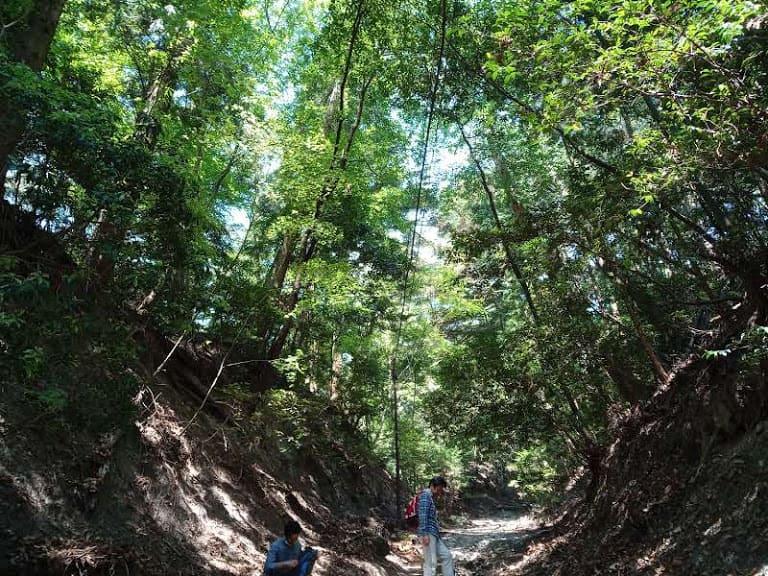
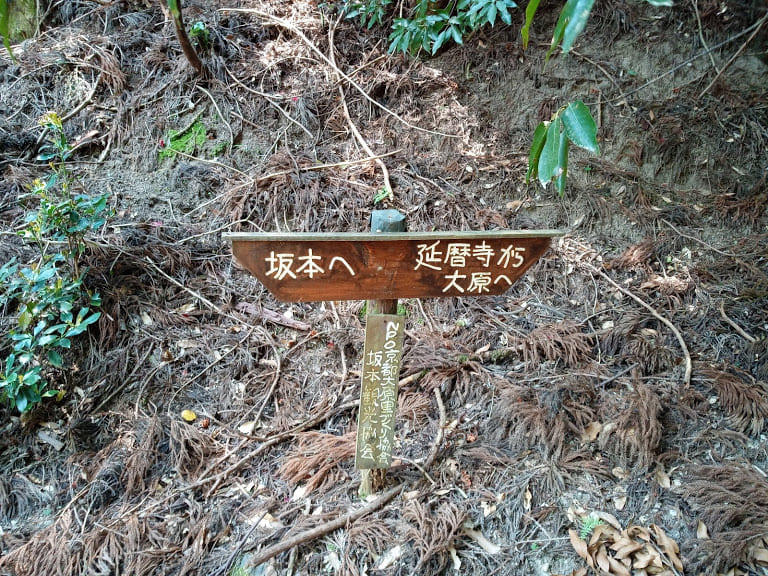 But it not said how long. So we need to walk....
But it not said how long. So we need to walk.... Around Hieizan mountain and Enryakuji area called Sakamoto, it quite famous as a great stone work in ancient time. So you can see some ancient stone work in everywhere of this route.
Around Hieizan mountain and Enryakuji area called Sakamoto, it quite famous as a great stone work in ancient time. So you can see some ancient stone work in everywhere of this route.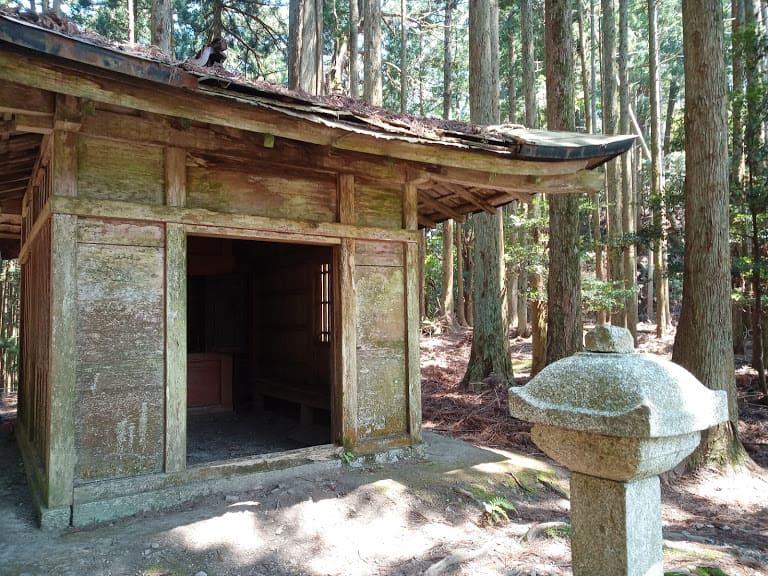
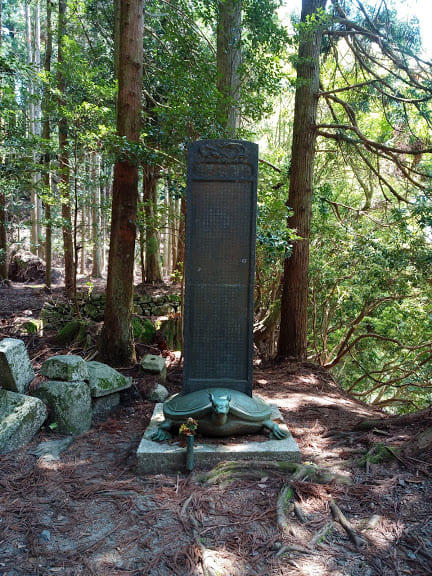 Unfortunately, from here to the goal is soooo slightly uphill.....
Unfortunately, from here to the goal is soooo slightly uphill..... It must be difficult but goal is just there, you must go.
It must be difficult but goal is just there, you must go. Thsi sign borard is a goal, here is a next to the Hieizan Enryakuji Kaiakan hall (accommodation).
Thsi sign borard is a goal, here is a next to the Hieizan Enryakuji Kaiakan hall (accommodation). If you are OK, please up to the Hieizan Enryakuji temple's formal gate called Monjuro to Konpon-chudo to pray.
If you are OK, please up to the Hieizan Enryakuji temple's formal gate called Monjuro to Konpon-chudo to pray.


 When given the opportunity to take a trip to Nagahama for a day while studying abroad in Hikone, I knew immediately I had to go. Now, remembering the trip, I will make sure I visit Nagahama again in the future, as there are so much more things to see and do in the area than can fit in one day.
When given the opportunity to take a trip to Nagahama for a day while studying abroad in Hikone, I knew immediately I had to go. Now, remembering the trip, I will make sure I visit Nagahama again in the future, as there are so much more things to see and do in the area than can fit in one day.



 Upon arriving in Nagahama after a scenic drive along the lake, we went to a restaurant called Yokarou that serves local Nagahama food. The inside was set up like a traditional Japanese building, so we took our shoes off and walked around in our socks. Our table was upstairs in a room lined with screens of Japanese art. We were served mackerel on top of somen noodles, a local specialty, along with some sides and green tea. It tasted really good.
Upon arriving in Nagahama after a scenic drive along the lake, we went to a restaurant called Yokarou that serves local Nagahama food. The inside was set up like a traditional Japanese building, so we took our shoes off and walked around in our socks. Our table was upstairs in a room lined with screens of Japanese art. We were served mackerel on top of somen noodles, a local specialty, along with some sides and green tea. It tasted really good.


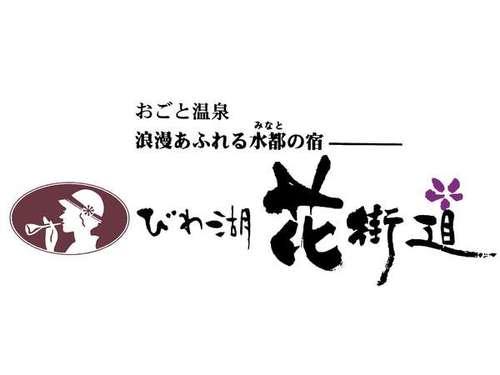
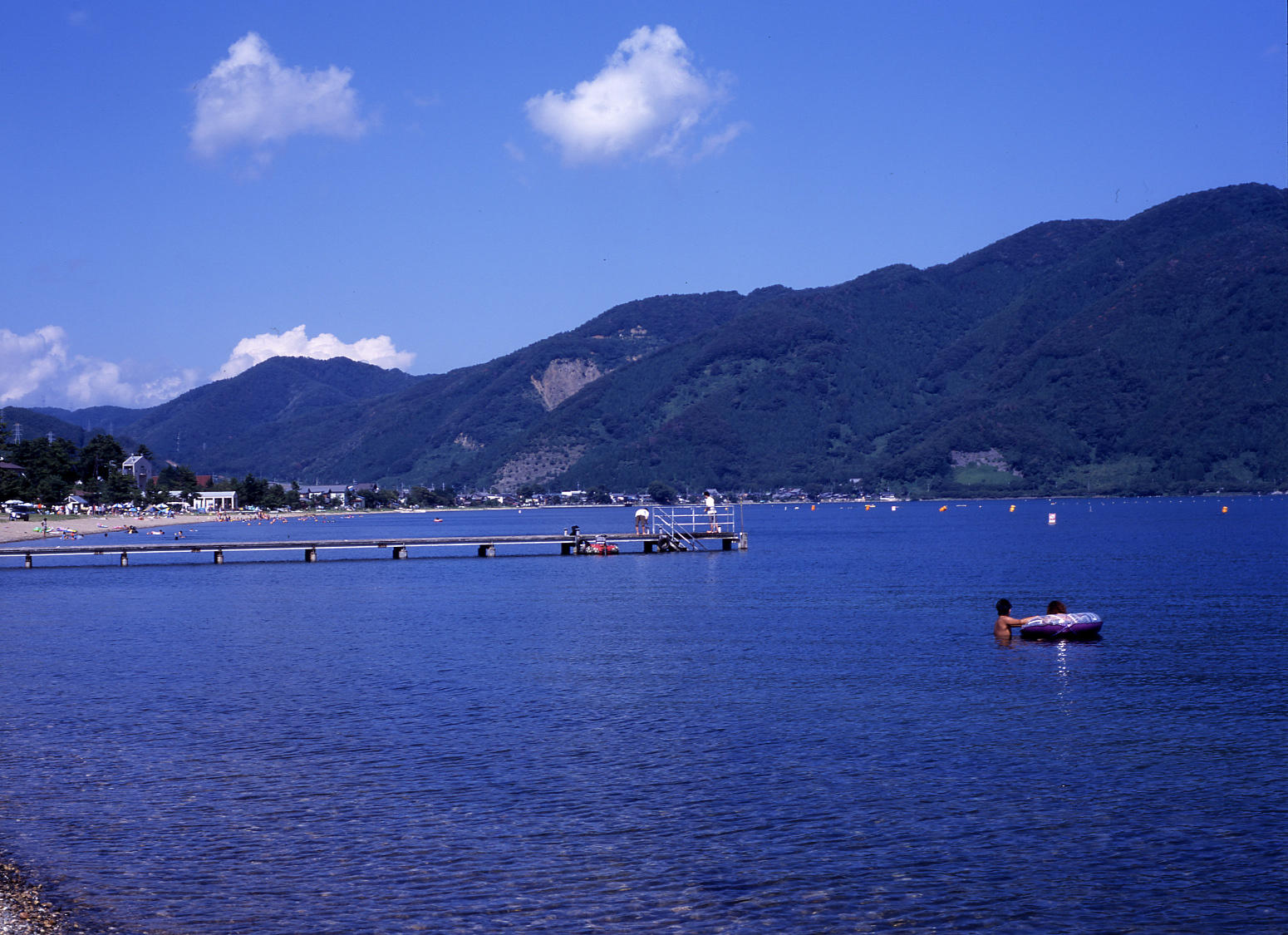
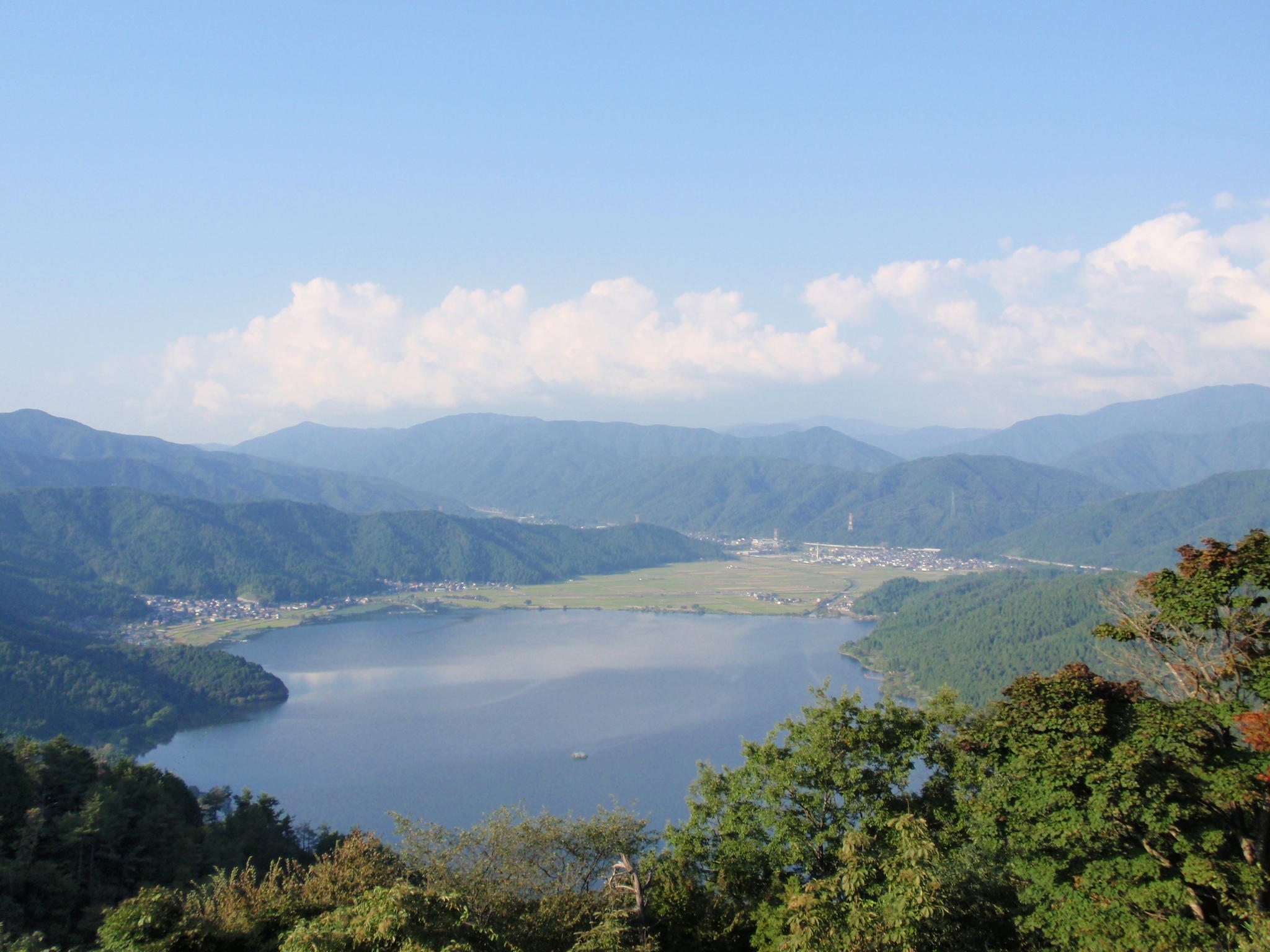

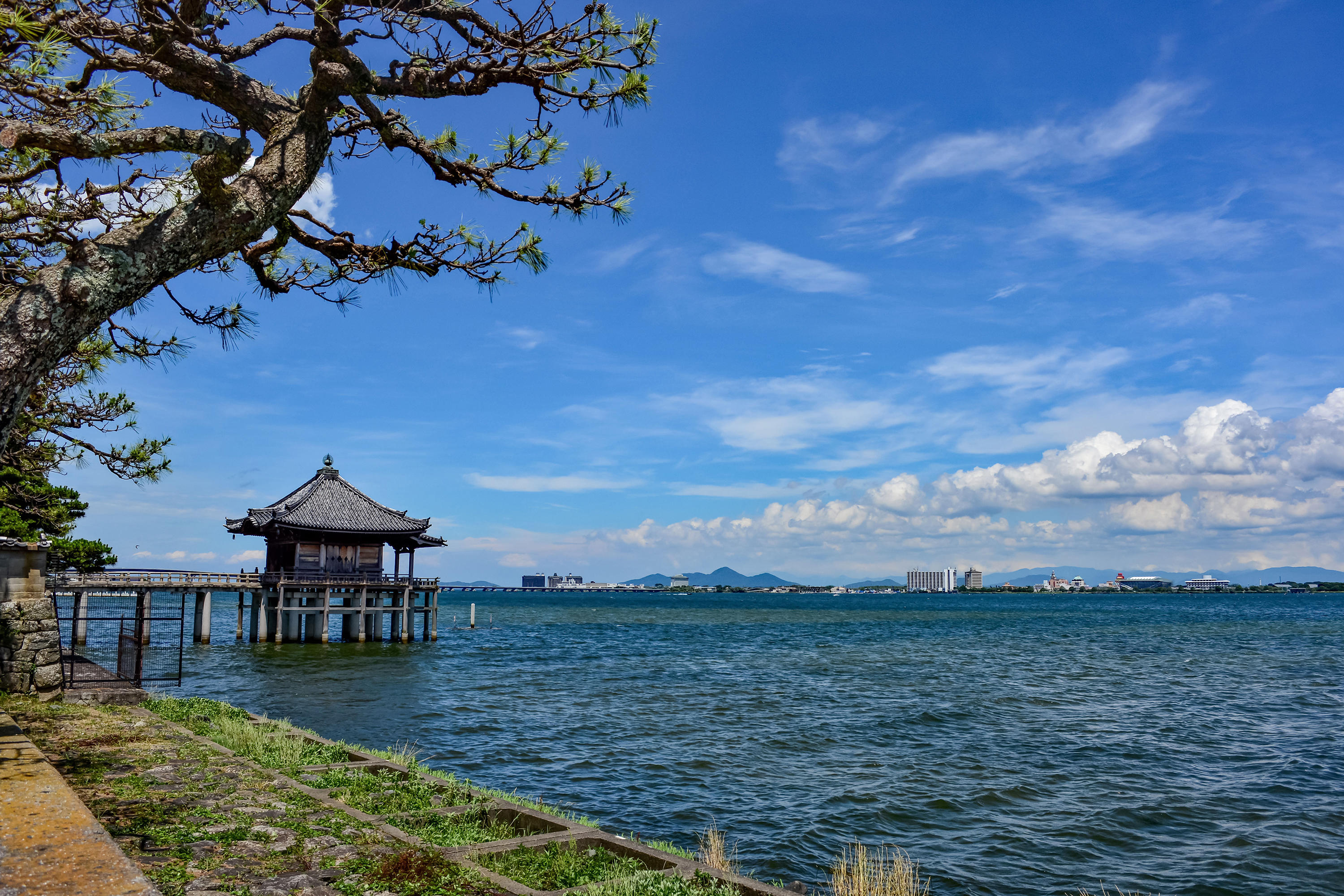
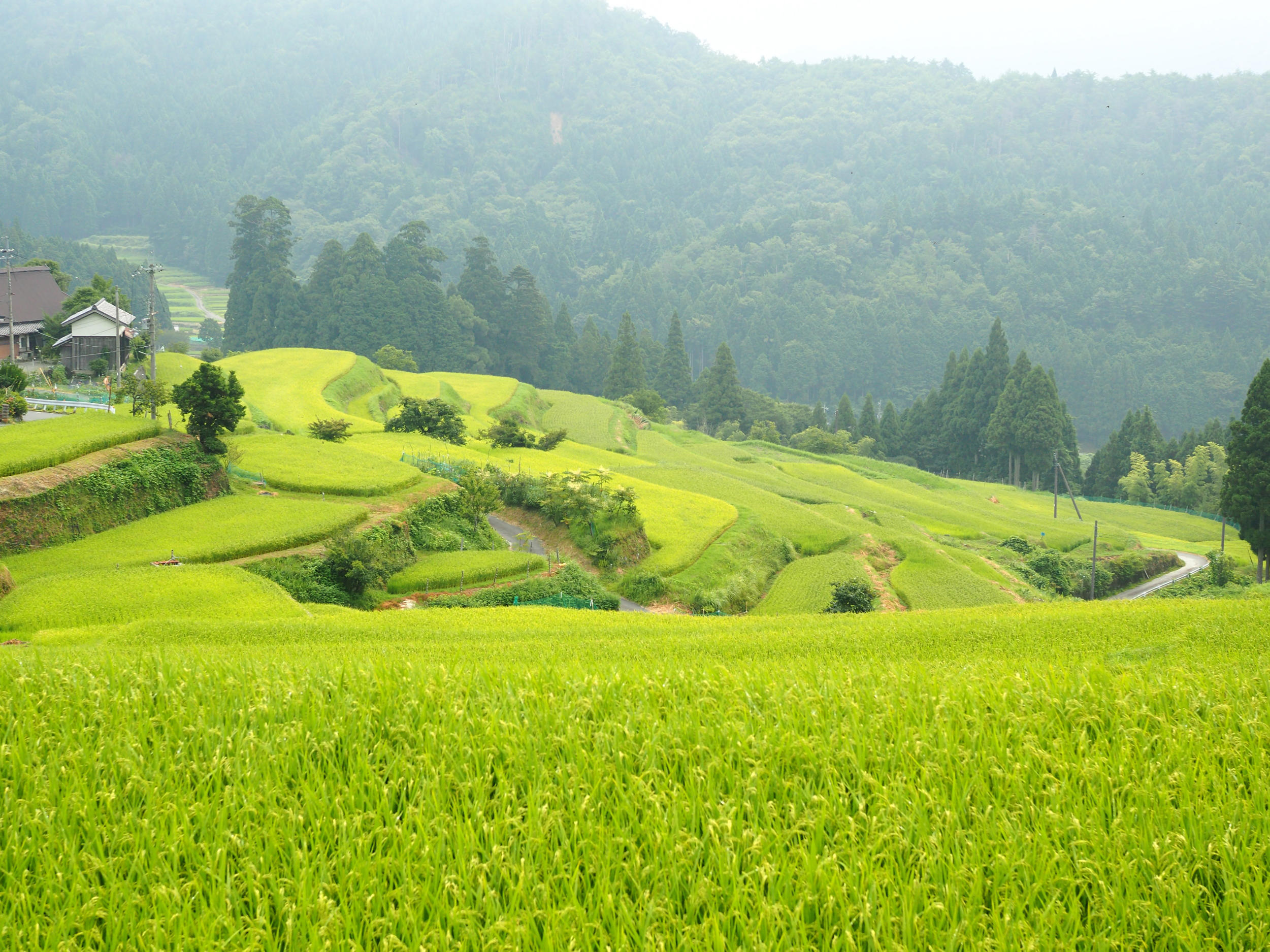
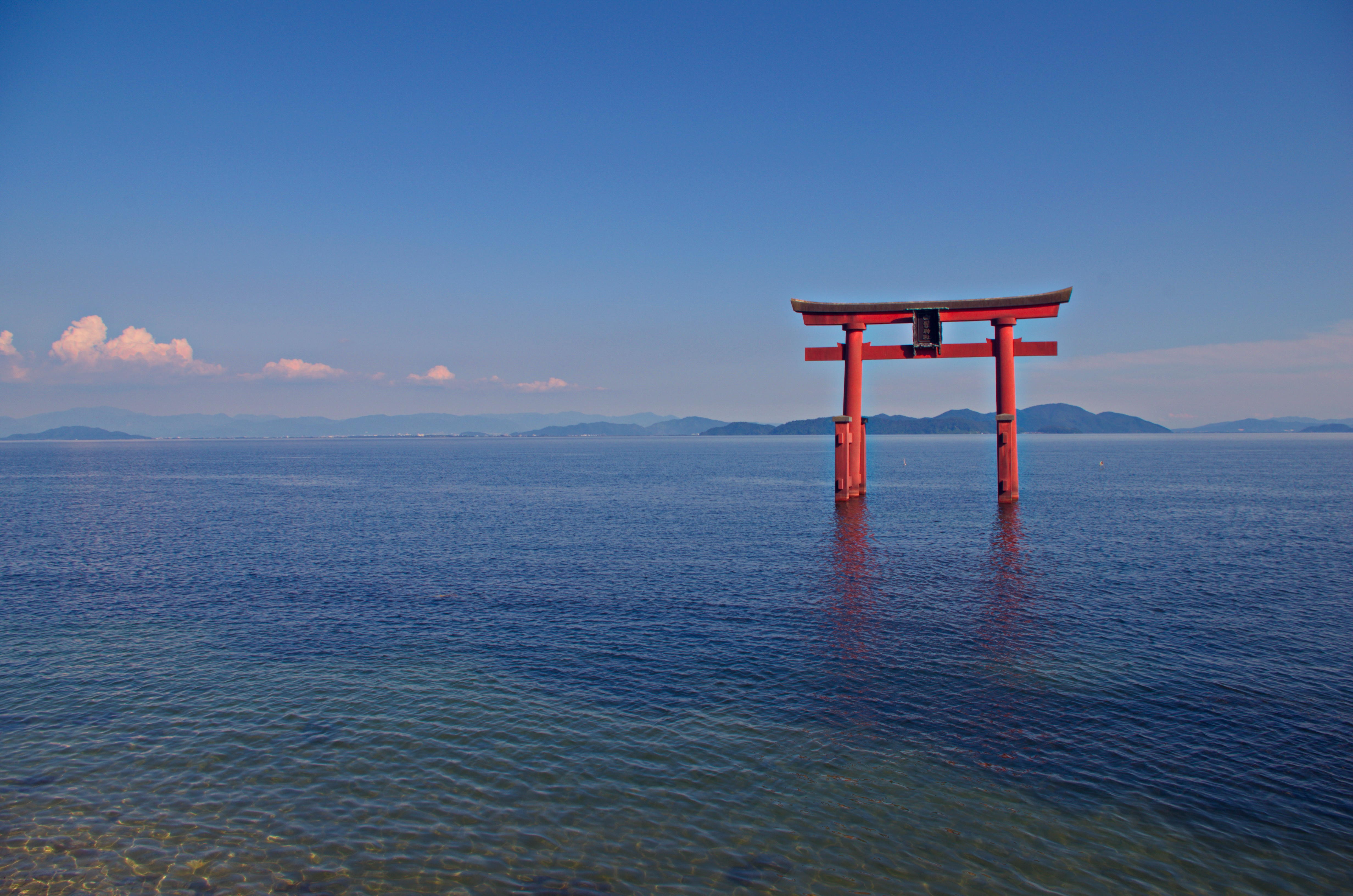
 On a Monday morning in late August, I boarded the bullet train at Nagoya and travelled to Maibara station on the Eastern side of the massive Lake Biwa. There was a dramatic change in scenery from the urban sprawl of Nagoya to the distinctive rice fields and hills of Shiga prefecture. Upon my arrival to Maibara station, I was met by the friendly faces of the Biwaichi rental cycle Maibara branch team, quickly sized up for a bicycle and sent on my way on my three-day 240km journey around Lake Biwa.
On a Monday morning in late August, I boarded the bullet train at Nagoya and travelled to Maibara station on the Eastern side of the massive Lake Biwa. There was a dramatic change in scenery from the urban sprawl of Nagoya to the distinctive rice fields and hills of Shiga prefecture. Upon my arrival to Maibara station, I was met by the friendly faces of the Biwaichi rental cycle Maibara branch team, quickly sized up for a bicycle and sent on my way on my three-day 240km journey around Lake Biwa.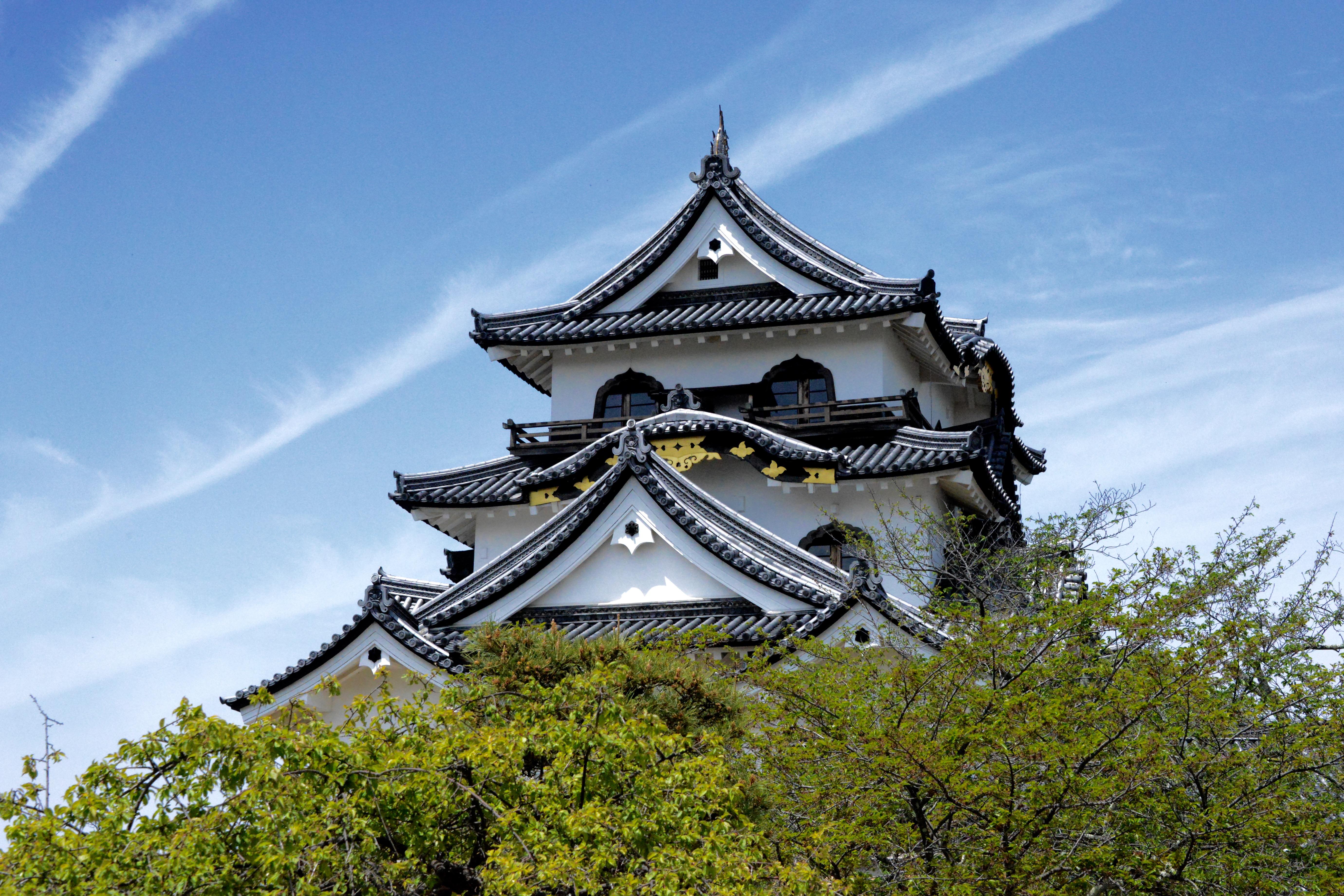

 It has a large parking lot, on the other side of the road, you only have to cross the stone bridge, to reach the large portal, accompanied by traditional music, many flowers and trees that have already begun to change color for autumn.
It has a large parking lot, on the other side of the road, you only have to cross the stone bridge, to reach the large portal, accompanied by traditional music, many flowers and trees that have already begun to change color for autumn. In São Paulo, Brazil, there is a very famous river called Tiete, this river is polluted and once I could see a Capybara family swimming in the middle of all the garbage, it was very sad. But here in the park, they live well and receive a lot of affection.
In São Paulo, Brazil, there is a very famous river called Tiete, this river is polluted and once I could see a Capybara family swimming in the middle of all the garbage, it was very sad. But here in the park, they live well and receive a lot of affection.
 Near the fountain of bears, we can visit craft brewing space, Hino Brewing.
Near the fountain of bears, we can visit craft brewing space, Hino Brewing. The beers are sold in the two stores of the park, in two versions Yare Yare Ale (citrus note) and Donto Yare IPA (sweeter). In addition to beer, you will find other beverages, snacks, homemade sausages, yoghurts from the own manufacturing and many products imported from other countries by Germany and France.
The beers are sold in the two stores of the park, in two versions Yare Yare Ale (citrus note) and Donto Yare IPA (sweeter). In addition to beer, you will find other beverages, snacks, homemade sausages, yoghurts from the own manufacturing and many products imported from other countries by Germany and France.
 In addition to these attractions, there are many others for children and adults.
In addition to these attractions, there are many others for children and adults. 4. PARADA: GIANT BIWAKO MORIYAMA LIV
4. PARADA: GIANT BIWAKO MORIYAMA LIV Ao alugar uma bike o atendente muito simpático, vai checar toda a manutenção e se o banco está na altura correta para sua estatura, além disso ele explica sobre as diferenças de uma bike profissional, sobre o funcionamento das marchas e caso precise dar uma parada, como apoiá-la a partir do momento que não existe um pedal de apoio.
Ao alugar uma bike o atendente muito simpático, vai checar toda a manutenção e se o banco está na altura correta para sua estatura, além disso ele explica sobre as diferenças de uma bike profissional, sobre o funcionamento das marchas e caso precise dar uma parada, como apoiá-la a partir do momento que não existe um pedal de apoio. Ao lado da porta já nos deparamos com o jardim vertical perto do teto, junto as paredes de lousa e uma cartela de cor mais retro. O nome do café é evidenciado no capacho, em letras de MDF acima do balcão e estampado em outros ornamentos, como o grande painel do segundo andar. Um destaque, foram os galos coloridos de Portugal, existiam alguns expostos pelo local, o que dava um ar mais descontraído e divertido. Existem cinzeirossobre as mesas, talvez seja liberado fumar aqui.
Ao lado da porta já nos deparamos com o jardim vertical perto do teto, junto as paredes de lousa e uma cartela de cor mais retro. O nome do café é evidenciado no capacho, em letras de MDF acima do balcão e estampado em outros ornamentos, como o grande painel do segundo andar. Um destaque, foram os galos coloridos de Portugal, existiam alguns expostos pelo local, o que dava um ar mais descontraído e divertido. Existem cinzeirossobre as mesas, talvez seja liberado fumar aqui.



 Bye bye!
Bye bye!